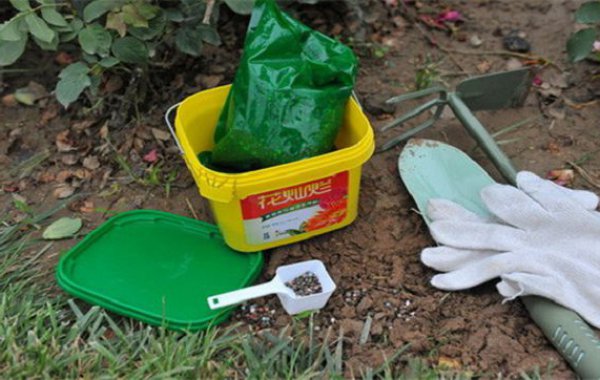Flower cultivation, what is called striping propagation?
Striping, also known as pressing branches, is to bury the branches of a flower plant into wet soil, or wrap the branches with other water-retaining substances (such as moss fresh) to create dark and moist rooting conditions, which are separated from the mother plant after rooting, making it a new plant. Like cutting propagation, it uses the regeneration ability of plant organs to reproduce, and is mostly used in some flowers that are difficult to take root by cutting, or some woody flowers with more roots and leaves. Its basic characteristic is that it is separated from the vegetative organs of the mother, has the ability of regeneration, and can grow adventitious roots and buds in vitro, thus developing into plants that live independently. Its basic characteristic is that it can maintain the excellent characters of some cultivated plants, and the propagation speed is fast.
Related
- What if the leaves of potted flowers turn yellow?
- Florescence Control of several Flowers
- Anti-freezing technology and post-freezing nursing technology of flowers
- What is the classification of flowers? What are the common methods of flower classification?
- Prevention and control of alkali and acid damage of flowers in courtyard
- Technology of Anti-freezing and restoring growth of Flower seedlings in greenhouse and greenhouse
- How does flower fertilization not hurt the root? Fertilization technology of flowers
- Key points of disinfection in flower greenhouse
- Several pesticides that are banned or used cautiously in flowers
- How to fertilize the flowers that watch the leaves?



